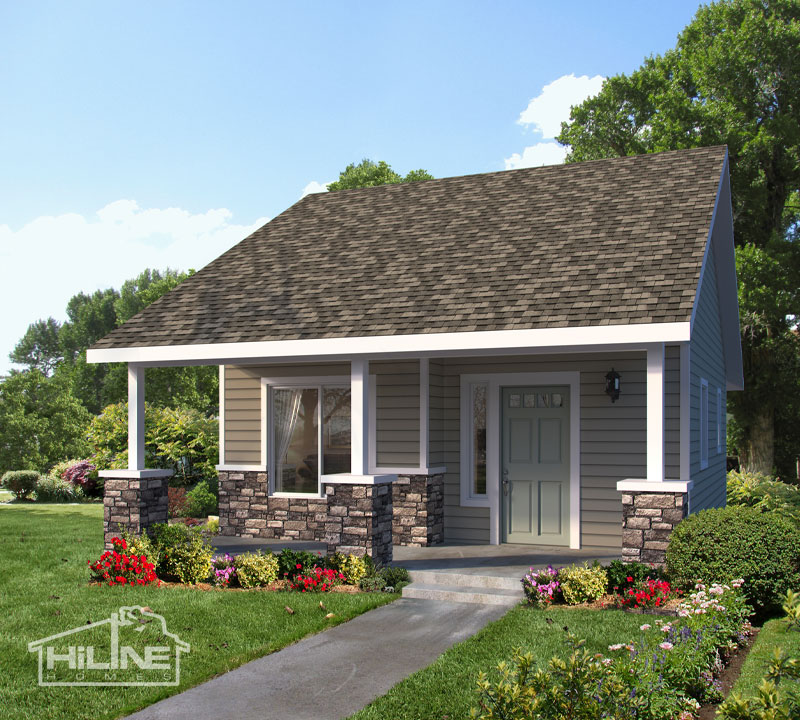Browsing a home restoration job can be daunting, particularly when conversations with your contractor appear like they’re occurring in a various language. The world of building and construction, as pointed out at
Dreamhome Remodeling & Builders
, is filled with specific terms and phrases that can be difficult to the uninitiated.
This short guide intends to bridge that gap, offering clear descriptions for some of the most common “professional speak” you’re most likely to come across throughout a redesigning project. By arming yourself with this understanding, you’ll be much better prepared to communicate successfully, make informed decisions, and ensure your remodelling runs efficiently.
Understanding the Essentials
Change Order: A formal document that describes any modifications to the initial job plan, consisting of adjustments in expense and timeline. It’s essential since it guarantees both parties settle on changes after the contract is signed, says
https://dream-home-remodeling.com/santa-clara/
.
Bearing wall: This is a wall that supports the weight of the elements above it, such as the roofing system or upper floorings. Getting rid of or changing these walls requires mindful preparation and typically, support methods.
R-Value: A step of insulation’s ability to withstand heat circulation. The higher the R-value, the much better the insulation performance. Understanding this can help you make energy-efficient options in your remodelling.
Browsing the Process
Draw: Part of the payment plan for the project, a draw is an arranged release of funds from the financing source, based on the conclusion of pre-defined stages of work. It guarantees the specialist makes money for progress without the property owner footing the entire bill upfront.
Subcontractor: Experts worked with by the general contractor to perform specific jobs, such as pipes, electrical, or roof. Understanding this role assists you understand who is accountable for what in your remodelling.
Punch List: A list developed at the end of the task detailing small jobs and repair work that require to be finished before last payment is made. It’s the finish line of your project, guaranteeing everything satisfies your standards.
Budgeting and Contracts
Contingency: A monetary buffer (usually 10-20% of the job cost) reserve for unexpected costs. Having a contingency is important for dealing with surprises without blowing your general budget plan.
Lien Waiver: A file from the specialist or subcontractor mentioning they have actually gotten payment and waive any future lien rights to your home for the amount defined. It’s important for safeguarding yourself against claims for unpaid work.
Scope of Work: A detailed description of all work to be carried out under the contract, including materials, labor, and services. Clearness in the scope of work avoids misunderstandings and conflicts.
By acquainting yourself with these terms, you’ll not just improve your interaction with your contractor but likewise get self-confidence in overseeing your home remodelling project. Remember, a knowledgeable property owner is an empowered homeowner. Embrace the restoration journey with understanding and self-confidence, understanding you’re fully equipped to handle the contractor speak.


